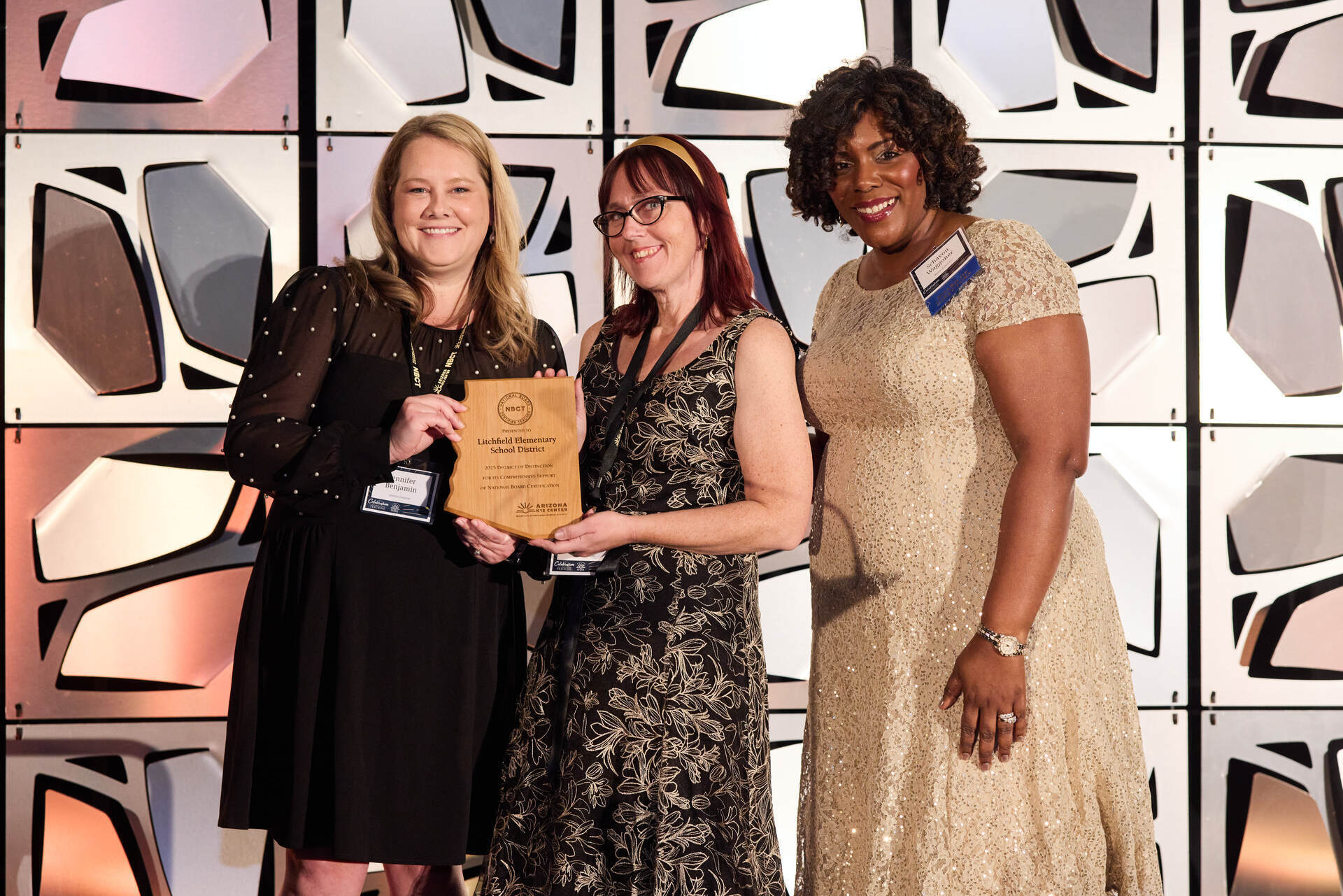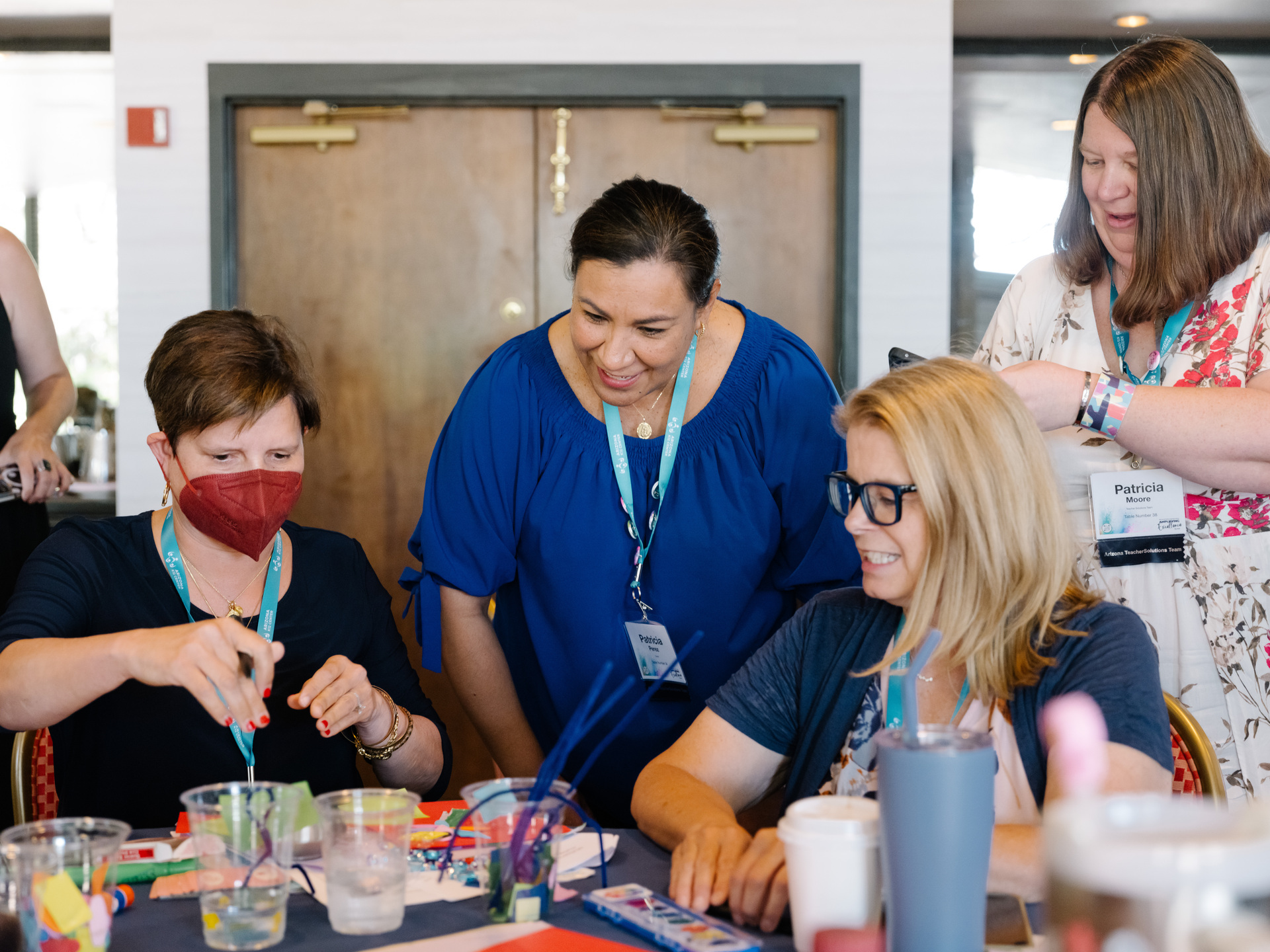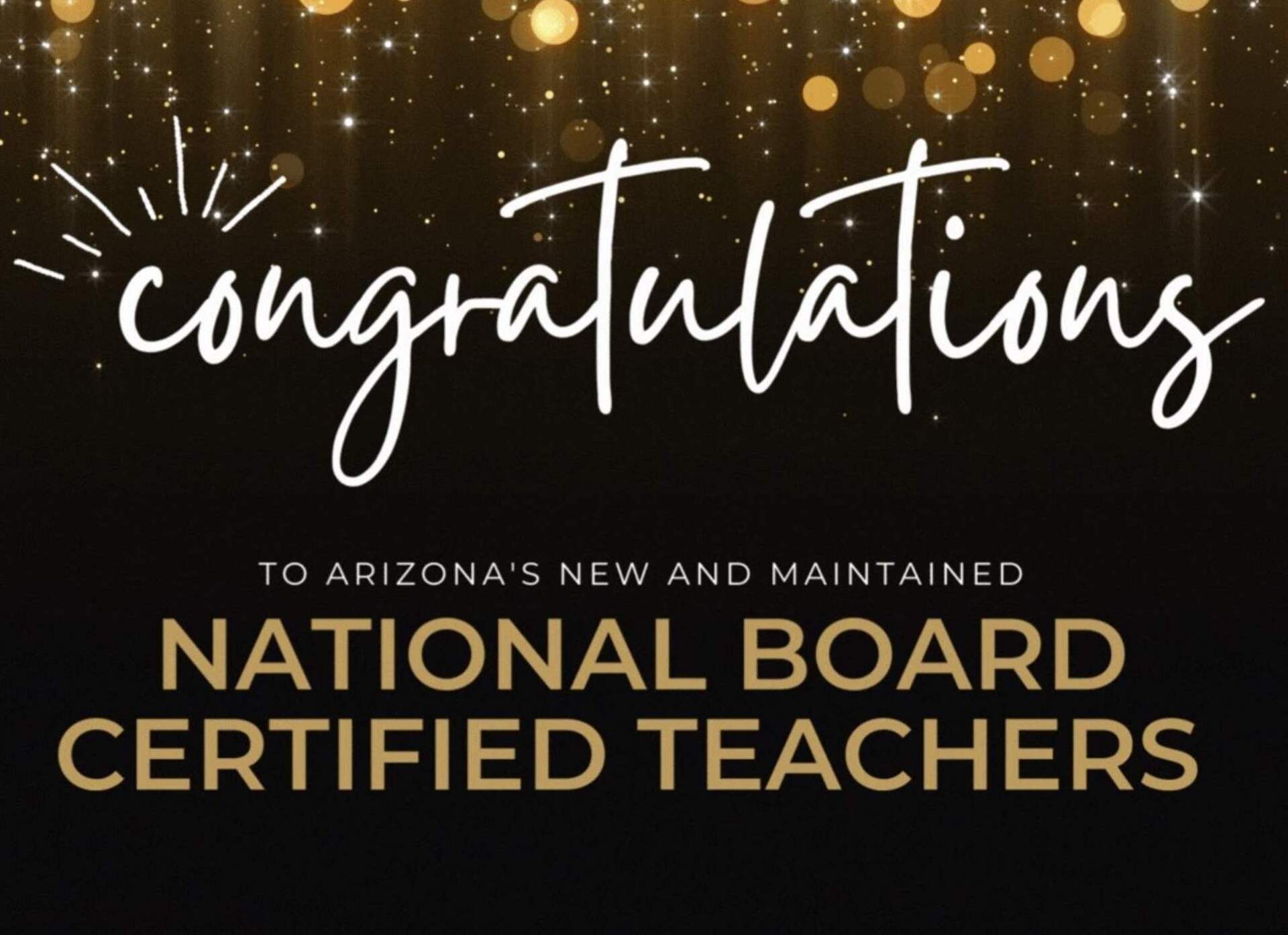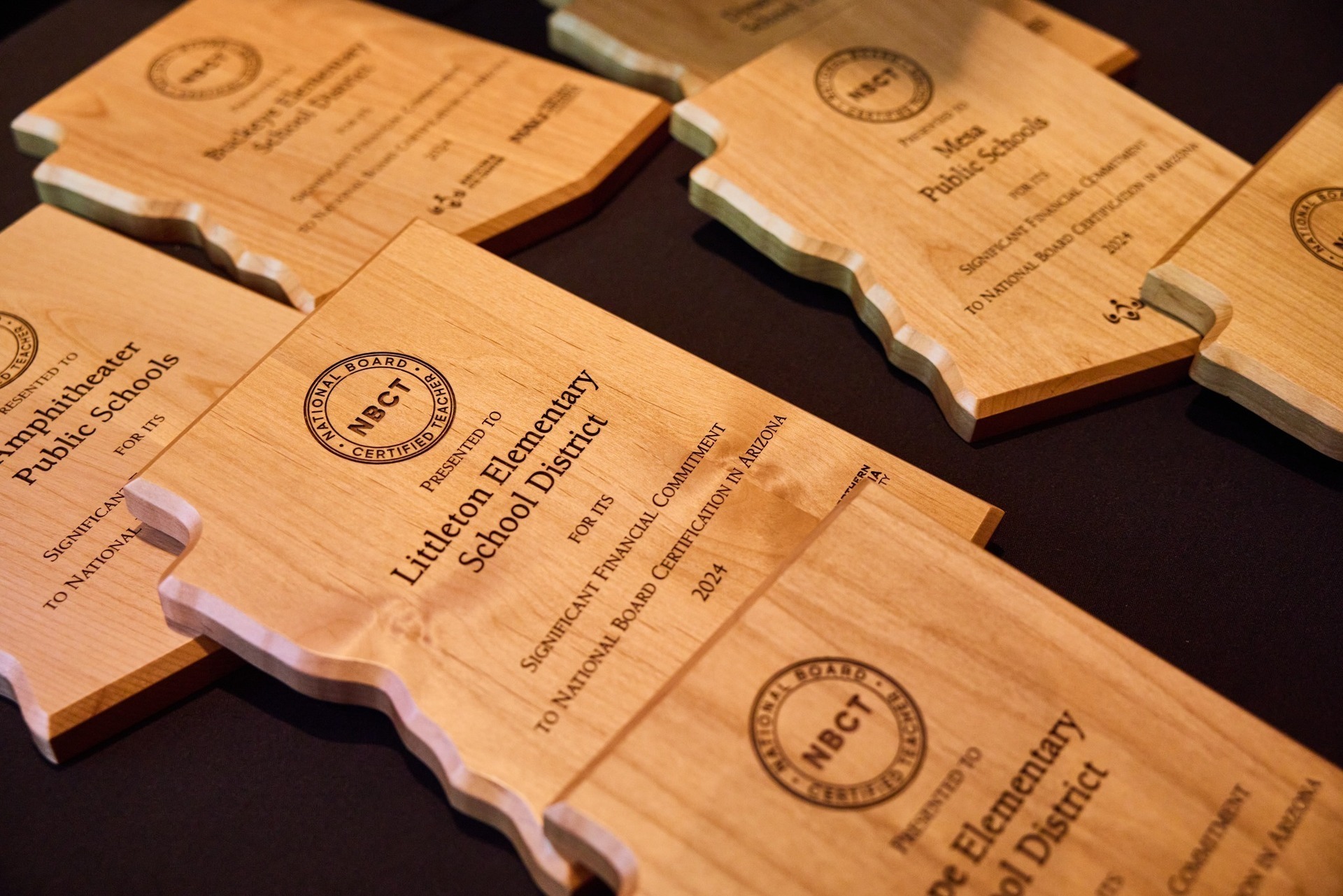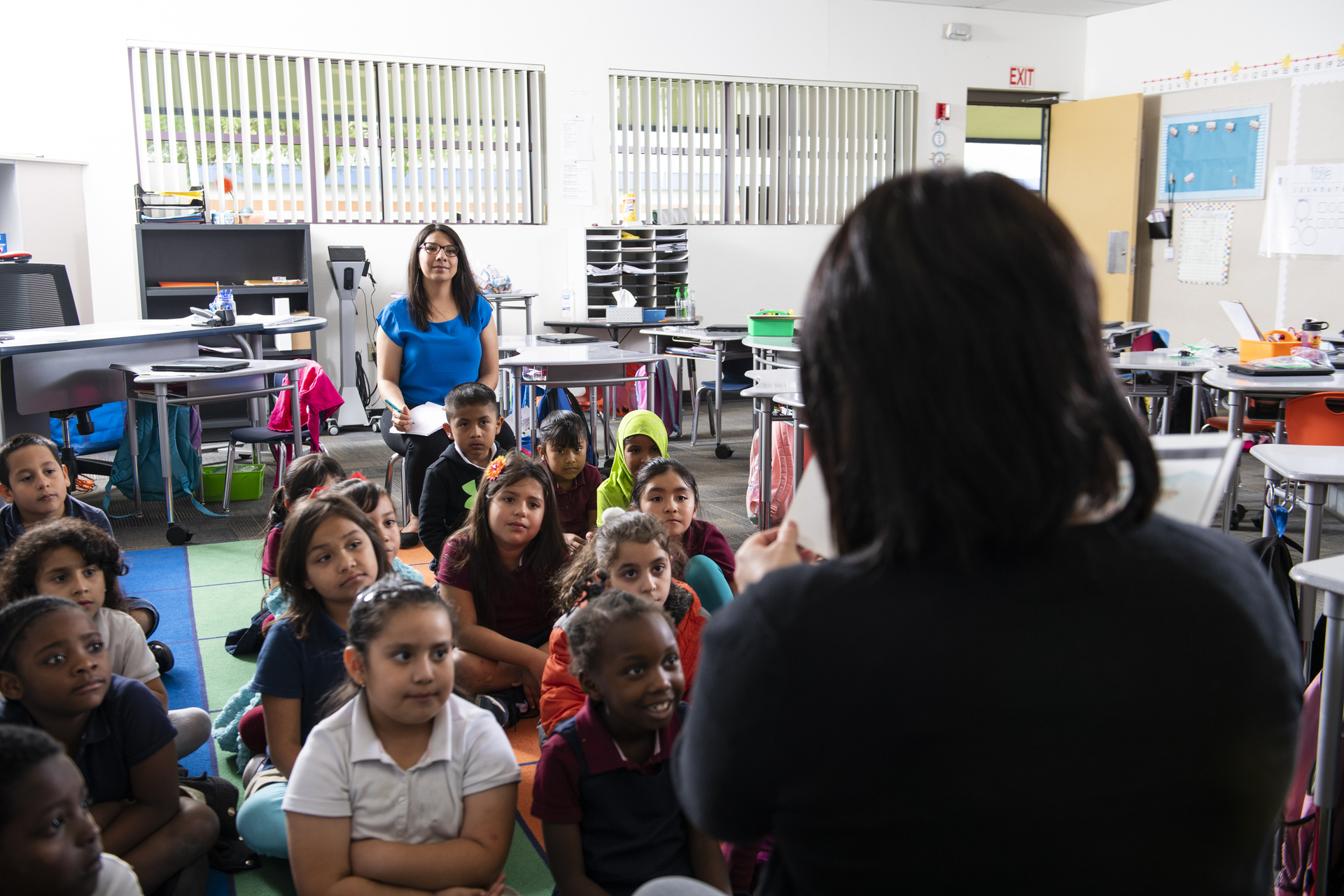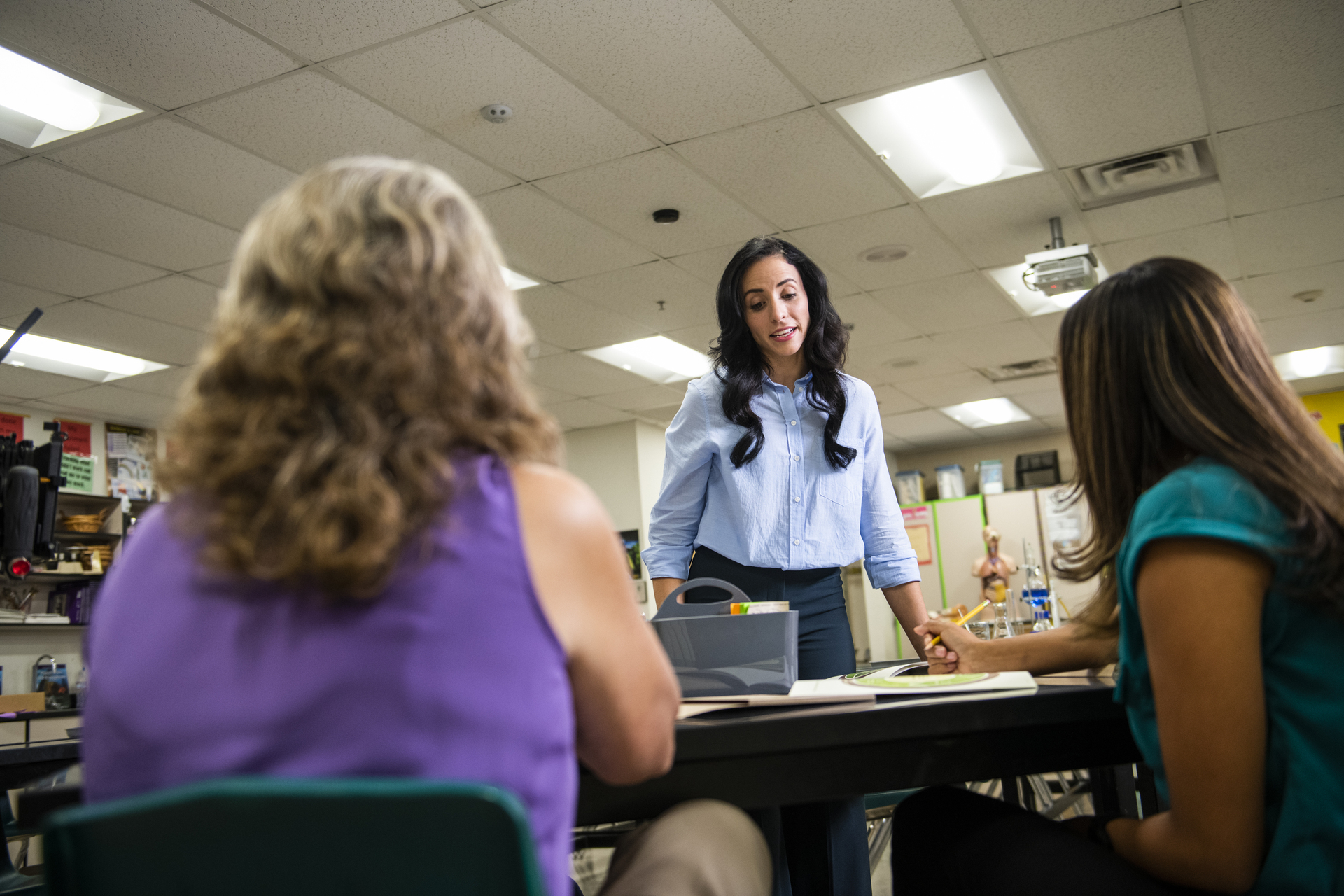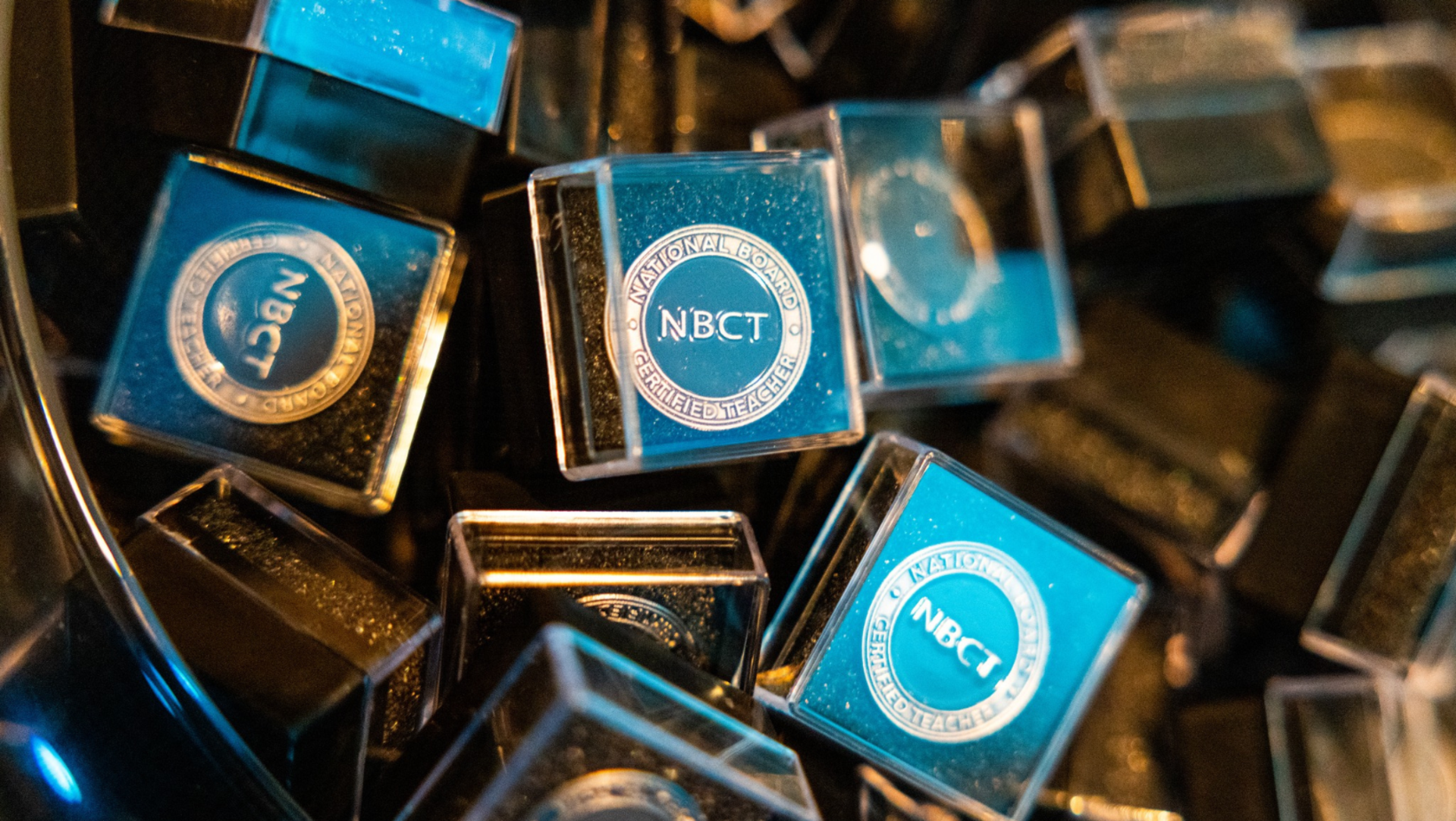September 19, 2017
Why You Need to Challenge Gifted Students
The cold, hard facts on engaging our brightest students.
My coworker and I have a running joke. Every time we’re called into a redundant staff meeting, one of us, without fail, sends the other this nvarchar(max) message from under the table: “We’re about to survive another meeting that could’ve been an email.”
Here’s the thing. For years, I was guilty of doing this to my own students. I expected those that had already learned the content to sit quietly while I focused on the students I told myself needed me more. Only the consequences were far more risky. I wasted more than their time — I wasted their motivation and their growth.
What if I told you that of all of your current students, there is a cross section that will make the least amount of academic progress this year — and it’s probably not the group you’d suspect? What if I told you that our most able students, our “gifted” kids, are the ones who year after year are growing the very least … and we’re to blame?
The federal government defines gifted students as “students, children, or youth who give evidence of high achievement capability in areas such as intellectual, creative, artistic, or leadership capacity, or in specific academic fields, and who need services and activities not ordinarily provided by the school in order to fully develop those capabilities.”
According to the National Association of Gifted Children (NAGC), an estimated 6-10 percent of America’s K-12 population is gifted. Chances are you have a couple or more in your own classroom — and those standards you’re teaching this year? It’s likely they’ve already mastered them.
But despite this glaring knowledge, most Arizona educators receive little to no training when it comes to gifted ed. Arizona, along with the vast majority of other states, doesn’t require pre-service coursework in gifted education in their teaching programs. And according to Dina Brulles, Ph.D., the gifted program coordinator at Arizona State University and director of gifted education at Paradise Valley Unified School District, this is a huge problem.
“This means that many teachers, administrators and community members do not have awareness of the learning challenges gifted students face on an ongoing basis,” Brulles says.
Additionally, our state has an unfunded gifted mandate, which means there’s no state-level accountability for schools to provide appropriate gifted services. “For this reason, schools vary greatly in the level of gifted programming and training they provide to teachers. Many school districts provide little to no services, whereas some of the larger districts offer a range of programming options.”
Brulles, a well-published author of books and articles in the field, was elected to NAGC’s board of directors in 2014 and was the recipient of the 2014 NAGC Gifted Coordinator Award. Her advocacy for this too often skipped-over population starts in your classroom.
“All teachers should have some level of awareness of the characteristics and learning traits of gifted students, as there are gifted students in nearly every classroom whether formally identified or not,” she says.
Just as any special population with atypical needs, gifted students are entitled to differentiation opportunities in the classroom. Think about a bell curve representing grade-level abilities. Every day, we modify and adjust the curriculum for those students who fall to the left of the curve, so it only makes ethical sense to extend these opportunities to those that fall to the right. But unlike students who qualify for special education or ELL services, gifted students often do not receive access to services and resources because there is no federal mandate or federal funding for them.
Brulles recommends the following tried-and-true strategies for teachers when it comes to their gifted students:
- Problem-based learning, project-based learning, and other interdisciplinary learning activities
- Routine formative assessments, both formal and informal, to accurately assess students’ prior knowledge and readiness levels and document mastery of learned content
- Daily use of pretesting within the classroom to create flexible learning groups according to students’ needs
- Higher order questioning, curriculum compacting, tiered lessons, lesson extension activities and independent study projects
Ultimately, Arizona teachers need to become better educated when it comes to their high-ability learners. “Teachers are responsible for teaching all the students in their classes. To engage and challenge gifted students, this requires some understanding of the learning differences these students possess,” Brulles explains.
She points to the NAGC and SENG (Supporting Emotional Needs of the Gifted) websites, which offer gifted ed webinars for teachers and parents, as well as ASU, which offers an annual free gifted webinar series. And don’t forget to check out Arizona K12 Center’s events page for trainings and forums to help challenge your gifted students.
One exciting, once-in-a-lifetime way to learn more about gifted education is to attend NAGC’s annual convention, which is being held in Phoenix in November.
In other words? Now’s the perfect time to overhaul your teacher toolbox when it comes to reaching gifted learners. They need you.
Heather Sparks is a writer, educator, and mom of two. An Arizona native, she holds a bachelor's degree in secondary education and a master's degree in gifted education from Arizona State University.

